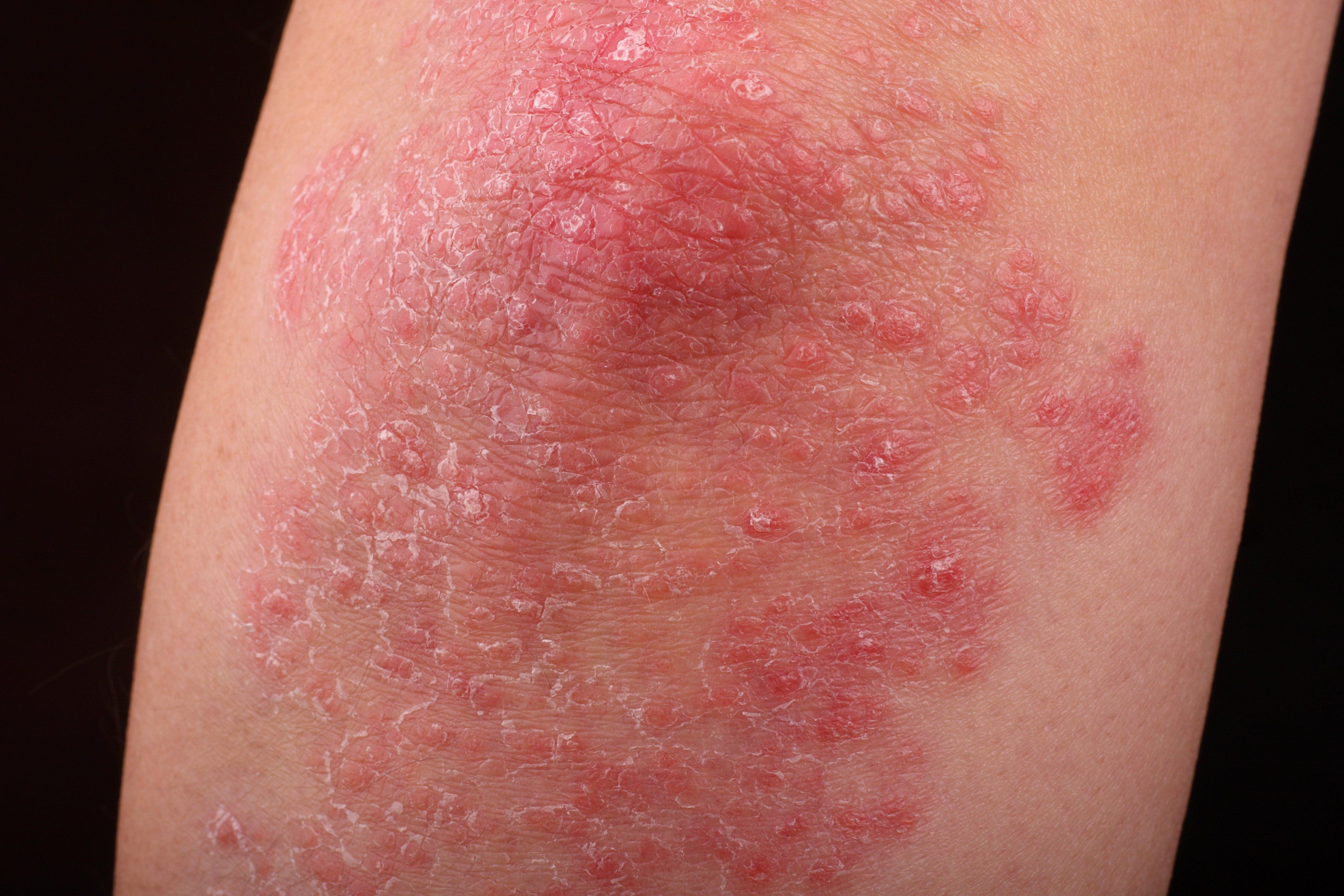- Case-Based Roundtable
- General Dermatology
- Eczema
- Chronic Hand Eczema
- Alopecia
- Aesthetics
- Vitiligo
- COVID-19
- Actinic Keratosis
- Precision Medicine and Biologics
- Rare Disease
- Wound Care
- Rosacea
- Psoriasis
- Psoriatic Arthritis
- Atopic Dermatitis
- Melasma
- NP and PA
- Skin Cancer
- Hidradenitis Suppurativa
- Drug Watch
- Pigmentary Disorders
- Acne
- Pediatric Dermatology
- Practice Management
- Prurigo Nodularis
- Buy-and-Bill
Article
The prevalence of incidentalomas in psoriasis
Author(s):
A recent study aimed to explore whether patients suffering from psoriasis carry serious medical morbidity, including cancer, that is not detected through history, physical exam and laboratory studies.
This is the 1st multicenter study measuring the rate of incidentalomas in patients with psoriasis. (quayside - stock.adobe.com)

Multiple studies suggest that psoriasis is associated with underlying comorbidities. However, the relationship between the comorbid conditions and psoriasis are less clear. Nevertheless, the importance of getting a detailed thorough clinical history and physical exam is well established on psoriasis. This is often followed by further investigation with laboratory testing.
A recent publication in the Journal of the American Academy of Dermatology aimed to explore whether patients suffering from psoriasis carry serious medical morbidity not detected through history, physical exam and laboratory studies. Dr. Joel M. Gelfand of the Department of Dermatology at the University of Pennsylvania Perelman School of Medicine attempted to answer this question by performing FDG-PET/CT imaging on patients with psoriasis.
A cross-sectional secondary analysis was performed of patients with moderate to severe psoriasis defined as involvement of >10 Body Surface Area (BSA), or Psoriasis Area and Severity Index (PASI) >12. Patients with significant comorbid conditions such as ischemic heart disease, uncontrolled hypertension, recent cerebrovascular event, diabetes mellitus etc. were excluded. To be included in trials patients had to pass a history, physical and comprehensive laboratory evaluation.
The primary outcome of the study was to report the rate of incidentalomas on FDG PET/CT. Incidentalomas were defined as an abnormality on imaging read by a board-certified radiologist requiring further evaluation. The secondary outcome of the study was the rate of malignancy.
Two hundred and 59 patients were included in the analysis. Thirty-one patients of the patients had a clinically significant incidental finding in the FDG-PET/CT scan. The incidentalomas were further divided as 15 major incidentalomas, 10 moderate, and 4 minor. Twenty-eight of the incidental findings were suspicious for neoplastic disease. Cancer was confirmed in 6 of the cases.
This is the 1st multicenter study measuring the rate of incidentalomas in patients with psoriasis. The study found that there was a prevalence of 12% of clinically significant FDG- PET/CT findings that were not detected by history, physical exam and laboratory studies in patients with psoriasis. This study further characterizes the systemic morbidity associated with psoriasis, specifically with regards to cancer.
Reference:
Wan, Marilyn T., et al. "Prevalence of clinically significant incidental findings by whole-body FDG-PET/CT scanning in moderate-to-severe psoriasis patients participating in clinical trials." Journal of the American Academy of Dermatology (2019).





